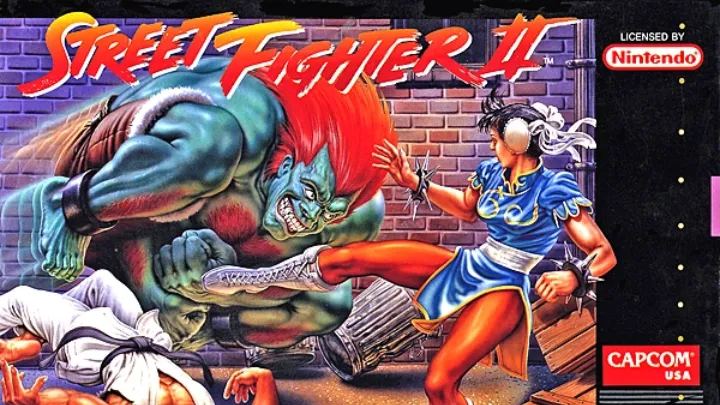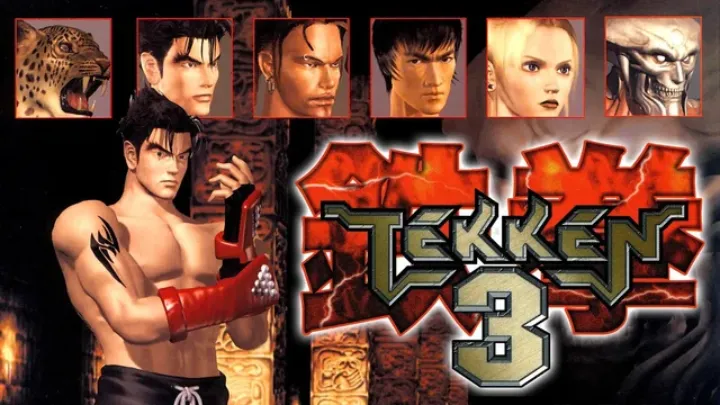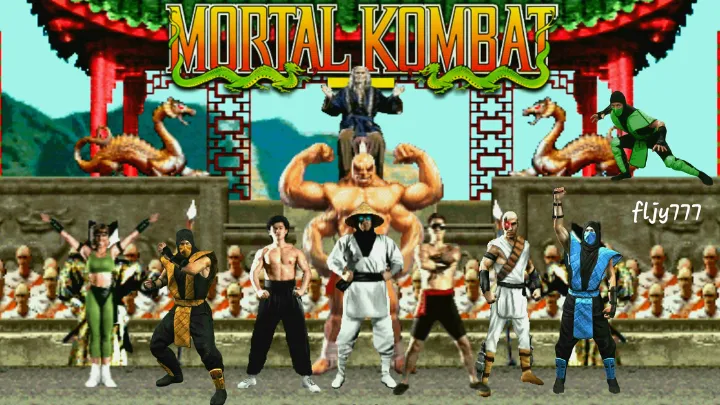Fighting games have been a cornerstone of the gaming industry for decades. They are not only about reflexes and button-mashing but also about strategy, timing, and mastery of mechanics. Titles like Street Fighter, Tekken, and Mortal Kombat have become cultural icons, shaping the way competitive gaming is perceived.
With the rise of esports and online play, fighting games continue to evolve, attracting both casual players and professional competitors. This article explores the top fighting games that dominate the genre, analyzing their impact, features, and reasons for success.
1. Street Fighter II – The Game That Defined the Genre
When discussing fighting games, it’s impossible not to start with Street Fighter II. Released in 1991, this Capcom classic set the standard for the genre with its balanced gameplay, diverse roster, and competitive nature.
Key Features
- Introduced special moves like Hadouken and Shoryuken.
- Popularized one-on-one versus fighting.
- Established tournament culture that still thrives today.
Even decades later, Street Fighter II continues to be celebrated, with re-releases and remasters keeping it relevant.

2. Tekken 3 – The Rise of 3D Fighting Games
Namco’s Tekken 3 revolutionized the fighting game scene in 1997 by bringing fluid 3D movement and fast-paced combat. It introduced fan-favorite characters like Jin Kazama and Hwoarang, solidifying its place as one of the greatest fighting games ever.
Why It Stands Out
- Smooth 3D animations for its era.
- Innovative sidestep mechanics.
- Rich character roster with unique fighting styles.
Tekken 3 laid the foundation for modern 3D fighters and still ranks among the most beloved entries in the franchise.

3. Mortal Kombat (1992) – Brutality That Shocked the World
Few games have caused as much controversy as Mortal Kombat. Known for its graphic violence and Fatalities, this title pushed boundaries and even led to the creation of the ESRB rating system.
Highlights
- Gory finishing moves that shocked players.
- Unique digitized character models.
- An iconic rivalry with Street Fighter.
Despite criticism, Mortal Kombat gained a massive following and remains one of the most recognizable fighting franchises today.

4. Super Smash Bros. Melee – Party Game Turned Competitive Giant
Released in 2001 for the Nintendo GameCube, Super Smash Bros. Melee became more than just a fun crossover; it turned into a competitive esports staple. Players loved its fast pace, intricate mechanics, and diverse roster of Nintendo icons.
Competitive Scene
- Hosts some of the longest-running tournaments.
- Mastery requires deep technical skill like wave-dashing.
- Still has a passionate fanbase despite newer entries.
Smash Melee is proof that even a “party game” can dominate competitive fighting communities.
5. Tekken 7 – A Modern Competitive Marvel
Launched in 2015, Tekken 7 brought the franchise to a new era with cinematic visuals, new mechanics, and esports recognition. It remains a cornerstone of major tournaments like EVO.
Key Innovations
- Rage Arts and Rage Drives added comeback potential.
- Crossover characters like Akuma and Noctis expanded appeal.
- A mix of nostalgia and modern polish.
Its balance between casual enjoyment and hardcore competition cemented Tekken 7 as a global hit.
6. Street Fighter V – Evolution Through Esports
Though it had a rocky launch in 2016, Street Fighter V evolved into one of the most important fighting games in esports. Capcom’s continued updates, new characters, and seasonal content helped maintain its relevance.
Why It Dominates
- Backbone of the Capcom Pro Tour.
- Frequent balance patches to ensure fairness.
- Accessible mechanics for newcomers with depth for pros.
Street Fighter V may have stumbled early, but its long-term success shows the resilience of the franchise.
7. Dragon Ball FighterZ – Anime Meets Fighting Excellence
Bandai Namco’s Dragon Ball FighterZ (2018) is a dream come true for anime fans. With stunning visuals faithful to the series and fast-paced 3v3 battles, it became an instant classic.
Strengths
- Gorgeous cel-shaded graphics.
- Easy-to-learn controls with competitive depth.
- Massive esports presence at EVO and other tournaments.
This game showed that licensed anime titles can stand shoulder-to-shoulder with genre giants.
8. Guilty Gear Strive – A New Era of Anime Fighters
Released in 2021 by Arc System Works, Guilty Gear Strive redefined anime fighters with its visual flair and accessible mechanics. It blends hardcore fighting elements with simplified inputs, making it approachable without losing complexity.
Key Features
- Rock-solid online netcode.
- Unique characters with diverse playstyles.
- Stylish art and soundtrack.
Strive’s balance of competitive appeal and accessibility has helped it thrive in the modern fighting game landscape.
9. Killer Instinct (2013) – The Comeback Story
Microsoft revived Killer Instinct in 2013 for Xbox One, and it became an underrated gem in the fighting game world. With combo-based mechanics and free-to-play updates, it attracted a loyal community.
Why It’s Notable
- Dynamic combo system.
- Regular character and stage updates.
- Strong presence on streaming platforms like Twitch.
Though not as mainstream as Tekken or Street Fighter, Killer Instinct holds a special place for fans seeking something unique.
10. Tekken 8 – The Next Evolution of the King of Iron Fist
The latest entry in the legendary franchise, Tekken 8 (2024), pushes boundaries with the Heat System, jaw-dropping visuals, and a renewed focus on aggressive play. It is shaping the future of competitive fighting games.
What Makes It Special
- Next-gen graphics powered by Unreal Engine 5.
- The Heat System rewards offensive strategies.
- Enhanced story mode bringing characters to life.
As the newest release, Tekken 8 is set to dominate tournaments and casual play for years to come.
Conclusion: The Legacy and Future of Fighting Games
From the arcade glory days of Street Fighter II to the esports dominance of Tekken 7 and Dragon Ball FighterZ, fighting games have consistently reinvented themselves. They balance tradition with innovation, creating experiences that appeal to both newcomers and seasoned pros.
The future looks brighter than ever, with Tekken 8, Street Fighter 6, and other titles pushing the genre forward. What makes fighting games endure is their blend of accessibility, competition, and cultural impact—a combination that guarantees their continued dominance in gaming.

















